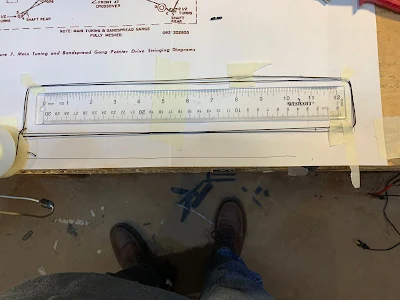I've not bee a big fan of the super-simple Pixie transceiver, but Adam K6ARK could make me a believer.
Our correspondent Bob Crane W8SX interviewed Adam at FDIM. You can listen to the interview here: http://soldersmoke.com/2022 K6ARK.mp3
The video above shows Adam's tiny Pixie in action in the California desert. His rig is about the size of a postage stamp and weighs about 2.6 grams. FB Adam.
Adam did a lot better with his Pixie than I did with my far larger and more complicated SST transceiver. He also did better than I did on 40 when I was using my ET-2 (two FET) transceiver.
I liked how Adam recorded in the field the CW from his rig, I also liked his key (!) and his EFHW antenna and "tuner." Adam's ability to cope with no CW sidetone was also admirable.
Adam's YouTube channel is here: https://www.youtube.com/c/K6ARKPortableRadio
Thanks to Adam and to Bob Crane.










































